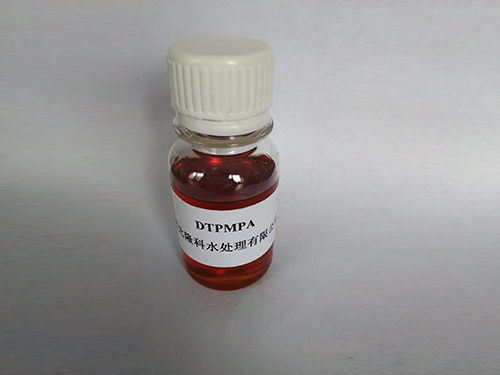chloro isothiazolinone
Chloroisothiazolinone An Insight into Its Uses and Safety Concerns
Chloroisothiazolinone is a biocide and a widely used preservative found in various industrial and consumer products. As a member of the isothiazolinone family, it is particularly effective as a fungicide and bactericide. Its powerful antimicrobial properties make it a popular choice for incorporating into formulations for cosmetics, household products, and various industrial applications. However, its effectiveness comes with certain concerns, particularly regarding safety and skin sensitization.
Chloroisothiazolinone An Insight into Its Uses and Safety Concerns
Despite its widespread usage and effectiveness, chloroisothiazolinone has come under scrutiny due to its potential for causing allergic reactions. Many studies suggest that exposure to this chemical can lead to skin sensitization, especially in formulations that contain higher concentrations or in leave-on products, such as lotions and creams. The cosmetic and personal care industry has seen an increase in reports of allergic dermatitis linked to chloroisothiazolinone usage, leading to heightened regulatory oversight in certain regions.
chloro isothiazolinone

As a result of growing concerns regarding its safety, regulatory agencies in Europe have implemented stricter guidelines regarding the permissible concentrations of chloroisothiazolinone in consumer products. The European Union has classified it as a potential skin sensitizer, and manufacturers are now often required to conduct thorough safety assessments before introducing products containing this compound to the market. In the United States, while chloroisothiazolinone is still permissible in cosmetic formulations, the FDA advises manufacturers to be mindful of potential allergic reactions and encourages labeling transparency.
In response to consumer demand for safer alternatives, many companies are actively seeking substitutes for chloroisothiazolinone in their formulations. Some have opted for naturally derived preservatives or alternative synthetic agents that pose lower risks for skin sensitization. This shift reflects a broader industry trend towards increasing transparency and safety in personal care products, driven by consumer awareness and advocacy.
Nevertheless, for many industrial applications, chloroisothiazolinone remains a staple due to its efficiency and effectiveness against microbial contamination. In formulations like industrial cleaners and paints, where skin exposure is limited, it continues to be valued for its protective properties.
In conclusion, chloroisothiazolinone plays a crucial role as a preservative and antimicrobial agent in various products. While its efficacy in preventing microbial growth is well-established, potential safety concerns, particularly regarding skin sensitization, have prompted a closer examination of its use. As the industry moves towards greater transparency and safer formulations, the challenge lies in balancing the efficacy of biocidal agents like chloroisothiazolinone with the need for consumer safety. Continued research and innovation will be vital in developing effective alternatives while maintaining the quality and safety of consumer products.
-
Pbtc Scale InhibitorPBTC: A Scale Protector for Industrial Water TreatmentNewsAug.05,2025
-
Organic Phosphonate: An Efficient Defender in the Field of Scale InhibitionNewsAug.05,2025
-
Hydrolyzed Polymaleic Anhydride: Green Pioneer in Scale Inhibition FieldNewsAug.05,2025
-
PAPEMP Polyamino Polyether Methylene Phosphonic Acid For SaleNewsAug.05,2025
-
Flocculant Water Treatment: A Pioneer in Purification in the Field of Water TreatmentNewsAug.05,2025
-
Benzyl Isothiazolinone: An Efficient and Broad-Spectrum Antibacterial Protective GuardNewsAug.05,2025





